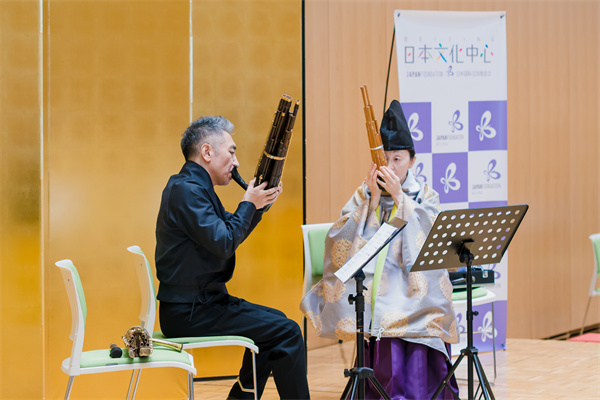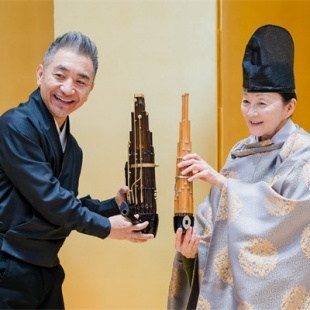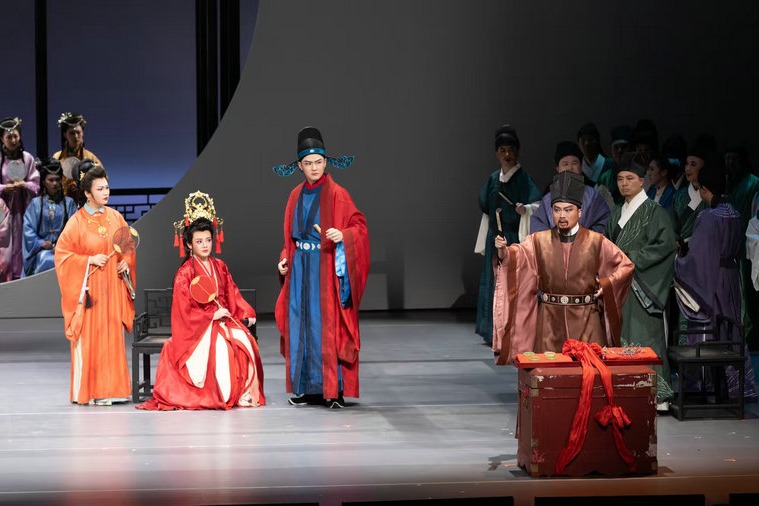Two ancient instruments share deep cultural connection


On March 29, Chinese sheng player Wu Tong shared the stage with Japanese sho player Mayumi Miyata at the Japanese embassy in Beijing, giving the audience an enjoyable experience with ancient musical instruments.
The sheng and sho are both traditional East Asian reed instruments that are closely related in terms of their design, sound and cultural history.
The sheng is one of the oldest, most important traditional Chinese instruments. It is made of bamboo pipes and its origins can be traced back over 3,000 years, making it one of the earliest known wind instruments in China.
The sho is a traditional Japanese reed instrument used primarily in gagaku, or ancient Japanese court music. The sho is believed to have been introduced to Japan from China over 1,000 years ago and is closely related to the sheng.
Over time, the two instruments developed differently according to their cultural contexts. Over centuries, the sheng became a more versatile instrument in Chinese music, often used in folk music, opera and orchestras. The sho, however, remained more specialized, primarily associated with Japanese court music.
Through discussions, solo performances, and a duet, the two musicians celebrated the long-standing traditions of the two ancient musical instruments and their deep cultural connection.





































